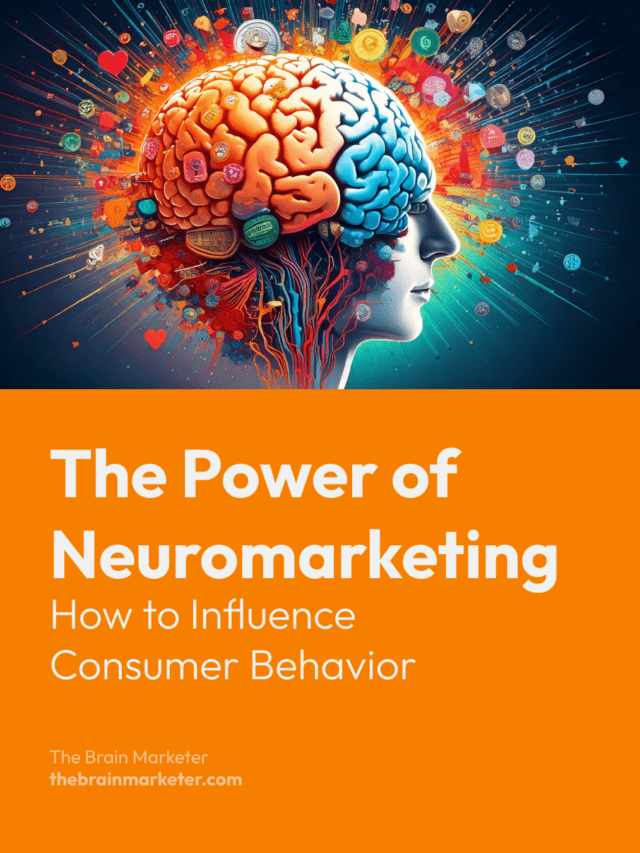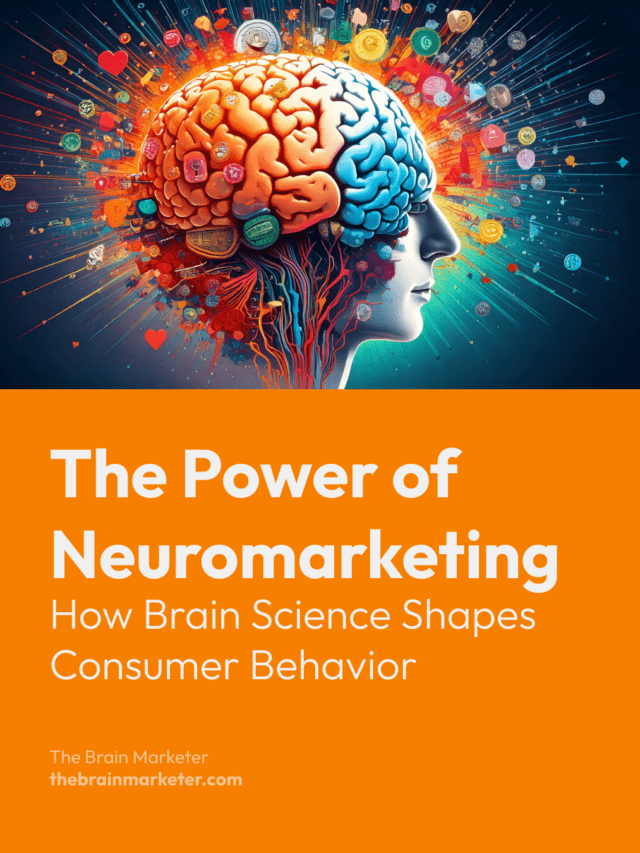Over 95% of consumer decisions occur unconsciously. Understanding the science behind these decisions gives marketers a competitive edge. Welcome to the fascinating world of neuromarketing, where psychology, neuroscience, and marketing intersect to decode consumer behavior.
This article explores the core principles of neuromarketing, offering practical insights and actionable strategies to harness cognitive processes and enhance marketing impact.
🎙️ Unpack the Topic with this Podcast
What is Neuromarketing?
Neuromarketing applies neuroscience principles to analyze consumer behavior and decision-making. It focuses on psychological triggers that drive actions, such as attention, memory, emotions, and perception.
Understanding these subconscious processes allows marketers to design campaigns that resonate on a deeper emotional level, ensuring greater engagement and conversion rates.
Scientific Foundations of Neuromarketing
Numerous studies support the impact of neuromarketing techniques. For instance:
- Antonio Damasio’s research highlights how emotions are integral to decision-making (Descartes’ Error).
- Nielsen Neuroscience studies demonstrate how brain scans (fMRI) help predict ad effectiveness.
- Eye-tracking research reveals which elements capture consumer attention most effectively.
Marketers leveraging these insights can craft more effective, brain-friendly campaigns.
The Science Behind Neuromarketing
1. Emotional Triggers
Emotions play a central role in decision-making. Studies indicate that consumers rely more on emotions than logic when selecting products. Brands like Coca-Cola capitalize on nostalgia and happiness in their advertising to forge strong emotional connections.
Example: Research from Harvard Business School confirms that emotionally connected customers are more valuable than those who are merely satisfied.
Actionable Insight: Define the emotions you want your audience to associate with your brand. Tailor messaging, visuals, and storytelling to evoke these emotions consistently.
2. Attention and Perception
The human brain processes an immense amount of information, yet only a fraction captures attention. Neuromarketing identifies key attention drivers, such as bold colors, compelling headlines, and distinctive packaging.
Example: Apple’s minimalist packaging leverages the brain’s preference for simplicity, making its products visually striking and instantly recognizable.
Actionable Insight: Use contrasting visuals and concise messaging to maximize impact and engagement.
3. Memory and Brand Recall
Consumers tend to choose brands they remember. Neuromarketing techniques such as repetition, storytelling, and sensory cues enhance brand recall.
Example: McDonald’s “I’m Lovin’ It” jingle serves as an effective auditory cue, reinforcing brand recognition through music.
Actionable Insight: Integrate distinctive sensory elements—such as music, scents, or symbolic imagery—to make your brand more memorable.
Applying Neuromarketing to Your Strategy
How can you integrate neuromarketing principles into your campaigns? Consider these tactics:
- Prioritize Visual Hierarchy: Structure advertisements and web pages with a clear focal point. Position your Call to Action (CTA) in a visually dominant area.
- Leverage Social Proof: Showcase customer testimonials, reviews, and user-generated content to establish trust and influence purchase decisions.
- Streamline Decision-Making: Offer fewer choices to minimize decision fatigue. Providing a single, clear option often leads to higher conversions.
- Use Eye-Tracking Studies: Analyze user behavior on your website or ads to optimize layout and design.
- Test Emotional Triggers: Conduct A/B testing on different emotional appeals (e.g., urgency vs. nostalgia) to determine the most effective approach.
Ethical Considerations in Neuromarketing
Neuromarketing is a powerful tool, but ethical responsibility is essential. Exploiting consumer vulnerabilities through manipulative techniques can undermine trust and damage brand credibility.
Examples of Ethical Concerns:
- Dark Patterns – Intentionally confusing UI elements that push consumers toward specific actions.
- Subliminal Messaging – Using imperceptible stimuli to influence decisions without conscious awareness.
- Emotional Exploitation – Over-reliance on fear or urgency to pressure consumers into purchases.
Guiding Principle: Utilize neuromarketing to enhance consumer experiences and add value, rather than to deceive or manipulate.
Conclusion: The Future of Neuromarketing
As technology advances, neuromarketing will continue to evolve, integrating AI, biometric tracking, and predictive analytics to refine marketing strategies further. Brands that embrace data-driven, ethical neuromarketing will build stronger consumer relationships and drive long-term success.
Ready to elevate your marketing strategy? Start by testing small changes, analyzing results, and refining your approach with neuromarketing insights.
Key Takeaways
Applying these principles ethically results in more compelling and sustainable marketing campaigns.
Neuromarketing bridges the gap between cognitive science and marketing strategy.
Emotional appeal, attention optimization, and memory retention are crucial for influencing consumer behavior.
Scientific research supports neuromarketing’s effectiveness, from eye-tracking to fMRI studies.

Vincent Heimann is a marketing project manager and neuromarketing enthusiast. He founded The Brain Marketer to bridge neuroscience and marketing through accessible, science-based content. With over 10 years of experience in digital strategy, UX/UI and communication, he shares practical insights to help brands connect with the human brain — ethically and effectively


